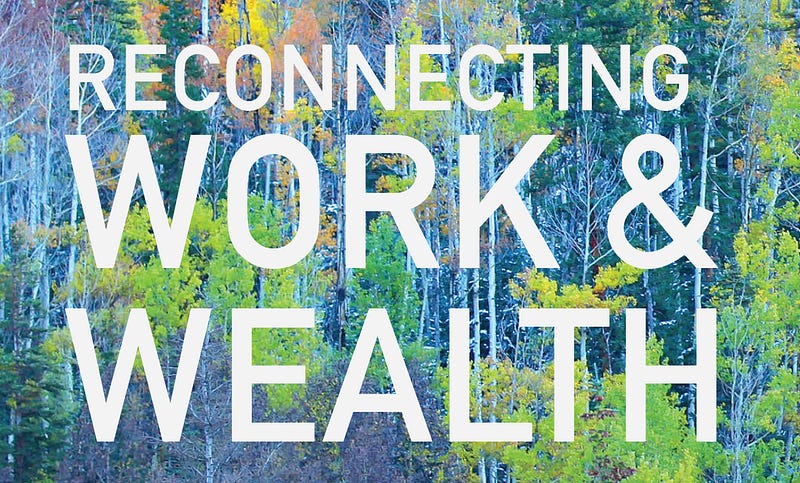by Karen Kahn

Employee ownership is getting increased attention from the Aspen Institute, a Washington-based nonpartisan think tank seeking to build leadership and find solutions to the many challenges that face our nation.
On May 10, as part of the Working in America series, the Employment Opportunities Program and Financial Security Program sponsored “Having a Stake,” a panel discussion exploring the positive impact of employee share ownership plans (ESOPs). Executives from King Arthur Flour, Eileen Fisher, AMSTED Industries, and ComSonic spoke about how their company ESOPs increased employee engagement, productivity, and innovation, while also providing greater financial stability for workers.
In June, the Reconnecting Work and Wealth initiative released a report from the 217 Economic Security Summit, in which employee ownership is featured as a key solution to our nation’s growing wealth gap. The Economic Security Summit is an annual event that brings together a cross-section of leaders from industry, academia, philanthropy, government and nonprofit organizations to grapple with the causes of rising income and wealth inequality — and to recommend solutions.
The premise of Reconnecting Work and Wealth is that to improve their economic well-being, families need both better wages and assets that can grow over time. Assets are what help people to weather periodic crises such as an illness, a financial downturn, a lost job. Employee ownership is a path forward for sharing productivity gains that, over the last several decades, have increasingly been funneled to shareholders.
Among the conference participants, two experts — Joseph Blasi from Rutgers University’s Institute for the Study of Employee Ownership and Profit Sharing, and Hilary Abell from Project Equity — provided a picture of the current employee ownership landscape, as well as ideas for taking ownership to scale.
Blasi notes in the report that 36 percent of American workers already participate in some form of profit sharing. The median value of employee ownership is only $10,000 but, among the top quarter of stakes, the average stake is worth $174,000. This is a significant nest egg, which shows the potential for expanded employee ownership.
About 2.34 million small business owners, employing 25 million workers, are approaching retirement, explained Abell. By converting more of these businesses to worker ownership, communities could save jobs and increase community wealth.
Waikinya Clanton, the executive director of the National Organization of Black Elected Legislative Women, and Todd Greene, who at the time was with the Federal Reserve Bank of Atlanta, raised important concerns regarding the structure and design of asset ownership. Considering the history of uneven access to asset accumulation in communities of color, they pushed community leaders to ensure diverse voices at the table. “Understanding community concerns, the ways in which discrimination operates to deny ownership opportunities, and how opportunities are constructed in particular places” — these are important issues to consider as we develop the incentives and institutions that can serve to expand employee ownership.
Data from Blasi’s research backs up these concerns. Among African Americans, the average value of employee ownership shares is $35,000, and among Hispanics, $30,000, as compared to $52,000 for white employee owners. Despite these disparities, which must be addressed, employee-owners of color are doing better than people of color who are not employee-owners. According to a report from the National Center for Employee Ownership, among workers in the age group 28 to 34, employee-owners of color have 30% higher incomes and 79% greater net household wealth than non-employee-owners of color.
— Karen Kahn, for Fifty by Fifty, a project of The Democracy Collaborative
Fifty by Fifty is working to transform the U.S. economy by growing employee ownership. Join our campaign, and we’ll send our monthly newsletter, filled with great company stories, right to your in box.
